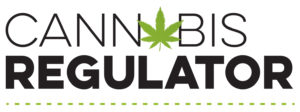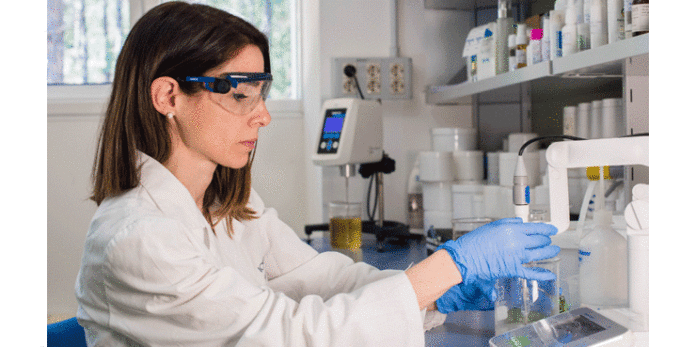As the regulated cannabis market has grown and the supply chain has become more complex, cannabis purchasing decisions have become more data driven — that data point being THC content in each product.
This is becoming the new norm, where consumers are pursuing ever-higher THC levels, leading to the hybridization of strains for peak THC content. Because of this, it’s creating a huge incentive for producers to seek high THC values from laboratories, which some are fabricating due to high demand.
In a webinar hosted by Vicente LLP, multiple experts dive deep into this issue and also explain some solutions that can help.
THC Taking Over Testing Results
“With regulations and required testing, as well as strict tolerances for contaminants, the marketing potential of THC percentages being listed on every label has gotten more complex,” says Josh Wurzer, Co-founder, CCO, SC Labs. “There’s a lot of incentive for brands to be able to show they have high THC in inhalable products, which is leading to a lot of issues with THC inflation that we have always dealt with from the beginning, but it is accelerating.”
Since the primary focus from lab testing is on THC percentage, other important areas are getting looked over. Currently, here are the different types of testing we see in legal states:
- Potency Testing: This includes the levels of cannabinoids, including THC, CBD, etc.
- Contaminant Testing: This includes pesticides, heavy metals, solvents, and microbial contaminants.
- Terpene Profiling: This is where labs look at the different terpenes, including pinene, limonene, etc.
- Residual Solvent Testing: This ensures the removal of solvents that are used in the extraction process.
Labs Falsifying THC Testing Results
Cannabis testing is critical because it ensures the safety and quality of cannabis products. It also protects consumers and patients from harmful contaminants and ensures accurate labeling. Andrew Livingston, Director of Economics & Research at Vicente LLP, says the major challenge right now is that laboratories are not just competing on price, speed, and customer service. But rather, they are competing on falsifying results — in particular, inflating the THC percentage.
“Traditionally, in a well regulated lab environment, you’re competing on three primary factors: the turnaround time or efficiency of testing, the price you can do all of this at, and customer service. But when we deal with a situation without a well regulated environment, you start competing on the results of the tests,” Livingston explains.
Causes and Effects on the Industry From Lab Fraud
In many markets, there is an oversupply of both cannabis and lab testing services, according to Wurzer. To stay financially viable, producers need to show high concentrations of THC in their products. And to win testing, business laboratories must be able to provide the numbers their customers are looking for.
When left unchecked, the markets will reach a critical mass where the THC values become so overinflated that honest producers are forced to either play along or go out of business.
Solutions to Lab Testing Fraud
While this is certainly a scary situation, there are ways to resolve this issue of inflating the THC percentage. Here are some different ways that Wurzer notes can help fix the problem:
- Regulators need to be nimble in addressing the issue, holding both producers and laboratories accountable to keep consumers safe.
- Labs need better standardization in best practices and test methodology.
- Consumers need to be educated on the actual quantitative quality indicators for cannabis — attributes like proper cultivation and production techniques, optimized drying and storage practices, terpene content, and other factors.
- Regulations need to address the proliferation of non hemp products and synthetically-derived intoxicating cannabinoids being sold in the hemp market.
- The illicit market needs to be kept in check through the reduction of taxes, overburdensome regulations, and local bans on regulated cannabis sales.
“This is a major problem in the industry. It is well past the time for the cannabis community to find ways around what is clearly an inaccurate representation of its products,” says Livingston.










